
By Zaid Jilani | Greater Good Magazine
We were supposed to meet face to face to talk about how Americans could bridge their differences.
But we couldn’t. COVID-19 prevented us from physically coming together. And so the staff of the Greater Good Science Center (GGSC) scrambled to turn “Bridging Differences: A Virtual Summit for Dialogue and Understanding” into a virtual event on May 15.
We didn’t know if it would work. We didn’t know if anyone would be willing to sit at their computers for hours on end to discuss the forces driving this country apart and how we can overcome them.
That’s why it was thrilling to see 400 educators, faith leaders, civil society activists, and others log on for one of the largest events of its kind. Together, we shared research and best practices about how to understand each other and talk across racial, religious, political, and cultural differences. We gathered before the uprising sparked by the killing of George Floyd in Minneapolis on May 25, but, as we look back at the summit, never have its insights seemed more urgent and necessary.
Here are some of the highlights from that day of bridging, together with a video.
What is bridging and why do we need to do it?
The day began with a greeting from Jason Marsh, GGSC’s executive director.
“Partisanship, polarization doesn’t just magically go away, even when faced with a pandemic,” Marsh said, referencing the COVID-19 crisis as he introduced the Bridging Differences project. “So, what can we do then to bridge our differences, forge a greater sense of solidarity, social cohesion?”
Marsh introduced John Powell, a professor of law at UC Berkeley and director of the Othering & Belonging Institute.
Powell is a longtime civil rights expert, having lived and worked on several continents, including as a consultant to the governments of South Africa and Mozambique.
“Bridging is just a way in which people connect, apparently across differences,” Powell began, explaining the term that brought together the hundreds of attendees.
He went on to emphasize that we tend to see our differences as natural or static, but the truth is that they are socially constructed. “We actually as a society determine which differences are apparently important, and they’re constantly shifting,” he said. “And sometimes we become hardened. We think racial differences [are] natural, inevitable—[they’re] not!”
Powell explained that bridging is about working across our differences and breaking them down. “Bridging is…saying we link across those differences,” he concluded. “We do that through a number of practices. One is compassionate dialogue.”
Indeed, here at the GGSC, we have documented ways we can use dialogue and contact to break down divisions between perceived ingroups and outgroups.
Attendees then heard from the University of Maryland political scientist Liliana Mason. Mason is one of the country’s leading experts on political polarization, and she recently documented much of her research in the book Uncivil Agreement: How Politics Became Our Identity.
In her talk, Mason laid out why how polarization undermines the ability to compromise. “We are instead motivated to do whatever it takes for our own group to win.”
She shared research that found that the strength of partisan identity has overwhelmed other forms of identity, as parties are increasingly divided not just by politics but by race, religion, and culture:
When our party loses an election, we feel a connection to that loss…our partisan identity may be damaged. When our party loses, that sense of loss of status infects all of these other identities and it causes even more damage. A single electoral loss in this scenario would be much more painful…to partisans.
In other words, partisan polarization has left many liberals and conservatives feeling that they are under personal attack if their party loses an election; this heightened partisan identity makes it more difficult to find a compromise, even when there is sometimes actually widespread agreement on issues.
As research we’ve gathered at the GGSC has shown, social and political polarization is harming every aspect of American life—even shortening our Thanksgiving dinners and segregating us within our own neighborhoods and communities.
How can we bring different groups into contact with each other?
The good news is we aren’t powerless in the face of growing social and political polarization. There are research-backed strategies we can deploy to communicate across differences and build friendships and bonds despite our country’s social and political diversity.
“We think the universe is made of atoms; it’s not,” counseled Powell. “It’s made of stories.”
He pointed to the impact of segregation as one example. “There are important studies that say segregation—physical segregation—supports polarization, which is the opposite of contact.”
Contact theory, first postulated by the social psychologist Gordon Allport, tells us that intergroup contact—that is, exposure to groups of people we consider to be outgroups—can help us break down barriers when certain conditions are met, such as having the support of legitimate authorities, sharing common goals and a sense of interdependence, and having a sense of equal status.
That brings us to the presentation of Emile Bruneau, the director of the University of Pennsylvania’s Peace and Conflict Neuroscience Lab.
Bruneau is an expert on perspective-taking—learning to see others’ points of view—and perspective giving, which involves sharing your point of view through stories and testimonials.
“There’s an assumption that you need to have parity in all things,” he explained about perspective-taking. “Although I really appreciated that sentiment, things aren’t usually equal when you have conflicts between groups. There’s usually a power imbalance.”
He ran an experiment where he brought together white Americans and Mexican residents, and Israelis and Palestinians, to engage in dialogue. In both cases, the more dominant group saw their attitudes improve toward the more marginal group when they were able to take their perspective; meanwhile, members of the marginal group saw their attitudes toward the other group improve when they were able to give their perspective. Thus, both perspective taking and perspective giving, when done together, serve as a powerful combination to bridge differences.
Inter-Faith Youth Core (IFYC) founder and president Eboo Patel spoke about how a crisis, such as the COVID-19 pandemic, can draw us closer together:
This crisis can make us more inclusive. In every American hospital, it is just commonplace that a Muslim physician, a Muslim internist is working with a Jewish anesthesiologist, supported by a Hindu nurse, in a room that is prepared by a Jehovah’s Witness, at a hospital that was started by a Catholic religious order, run by somebody who grew up in the evangelical tradition and is now a secular humanist. That’s not like the beginning of a joke, or a cartoon, that’s everywhere, all the time, in every American hospital. That is the image of who we can be in this country. That is interfaith America!
How to talk across divides
Stanford’s Robb Willer explained how we can be more persuasive and engaging in our dialogue with our political opposites. Willer is one of the leading researchers studying what’s called moral reframing. That “is the idea that you can reframe a political position to be consistent with your audience’s moral values and you might be more persuasive than if you articulated a position consistent with your own moral values,” he explained.
In other words, if we are able to argue for our positions by emphasizing the values of our political opponents, we can connect with them and be more persuasive.
Willer has conducted studies finding that, for instance, conservatives are much more likely to support same-sex marriage if they read an argument that emphasizes conservative values like patriotism. But Willer’s research also showed that most people, on the left and right, don’t think about speaking to the other side’s values.
Steven Olikara, the founder of the Millennial Action Project, a nonpartisan organization of young lawmakers from across the political spectrum, explained how his organization bridges divide among the people who make our laws:
[The lawmakers] commit to doing three things: one is building relationships across our lines of division, the second is developing policy ideas that are not left versus right but rather future versus the past…and then the third we do is try and scale up a narrative around political bridging that is not a dilution of ideas but rather about bringing the best ideas together to evolve us together to a new place.
The closing keynote was offered by the Reverend Jen Bailey, who helped found People’s Supper, an organization that brings people together to break bread and talk across differences.
She gave attendees compliments for engaging in bridging work.
“I am so grateful to each and every one of you for engaging in this work, for being brave enough to do this work at a time where it seems even countercultural—and dare I say revolutionary—to talk about bridging differences in this season.”






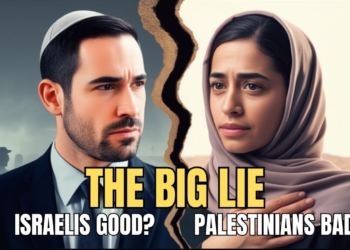
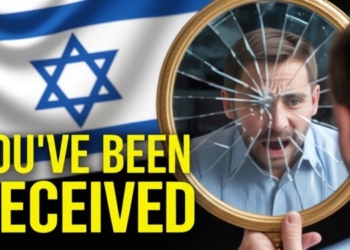
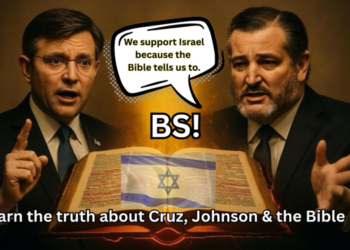
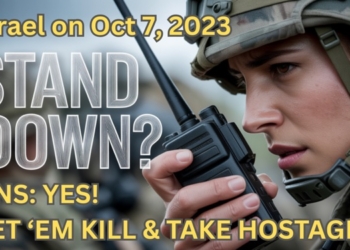

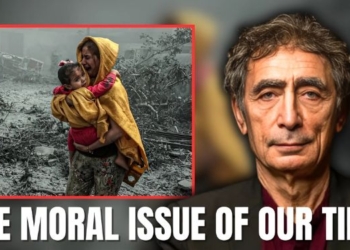




![Everything You Ever Wanted to Know About 9/11 Conspiracy Theory in Under 5 Minutes [VIDEO] | by James Corbett](https://consciouslifenews.com/wp-content/uploads/2018/09/911-a-conspiracy-theory-120x86.jpg)
